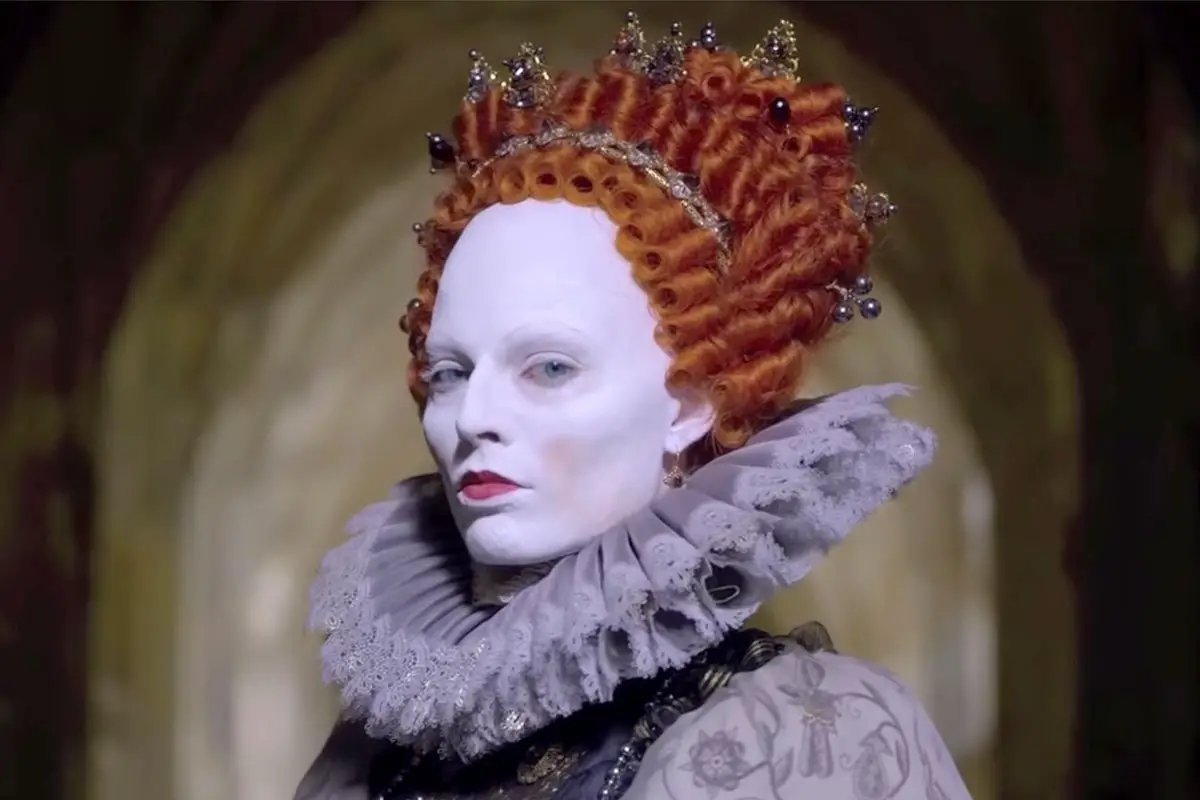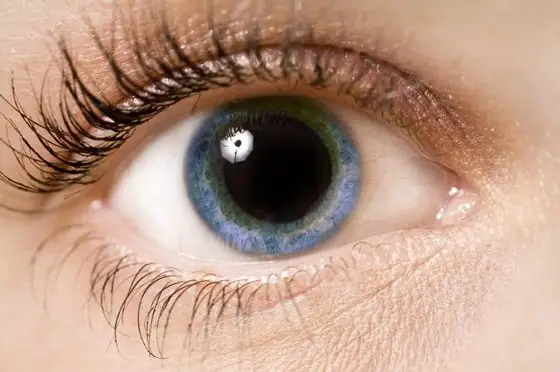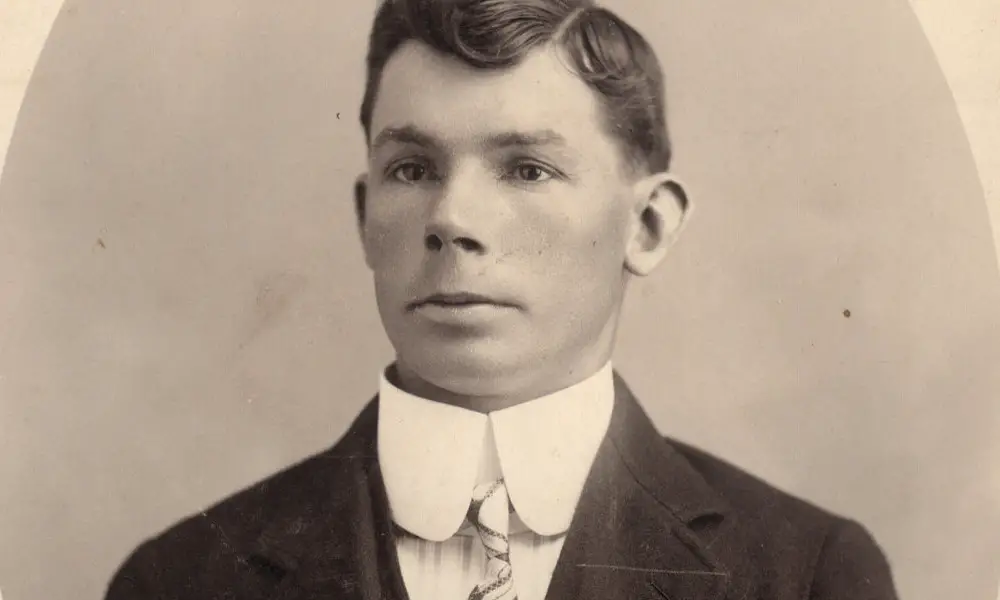Beauty, like most things we aspire to, is pain. It has to cost us something, and sometimes that something is death.
Nowadays, it could take just a beard trimmer, a styling cream, or a to-match accessory to look good. But in times past, if it didn’t mean breaking a bone or affixing some deadly cosmetics, it wasn’t fashionable enough. Now, that’s scary.
In a bid for attraction, some questionable and completely dangerous fashion trends have walked through history, and I’m about to show you 10 of them.
Radioactive Hair

Most of us would try to avoid anything that nukes our DNA and makes us glow green, but when radioactivity was first discovered, it was considered a miracle cure for just about anything — including anything to do with fashion. Ladies in the 20th century didn’t mind brushing radioactive products into their hair or smear it on their skin, as dozens of companies offered beauty products that promised to make you positively glow with beauty. Expectedly, it didn’t end well.
Venetian Ceruse

Who says ladies in the 16th century were not pumped up about makeup and cosmetics? They didn’t have most of our contemporary beauty products, but a blindingly white covering of Venetian Ceruse was sufficient for them. However, this was questionable, because the concoction was made from water, vinegar, and lead — a terrible combo that would cause skin damage, hair loss, and even death.
Mercury-white complexion

Mercury was once used for a multitude of everyday purposes before it was discovered to be extremely toxic. One such use: a treatment for syphilis. The liquid metal would be poured on (cough) certain extremities, conceiving the phrase “a night with Venus, a lifetime with mercury.”
Other uses for mercury included cosmetics. Yes, mercury was one of the main ingredients included in creams to help create that soft, smooth, milky-white complexion and was said to eliminate blemishes. That couldn’t have been further from the truth. Side effects of mercury poisoning: birth defects, kidney and liver failure, fatigue, irritability, tremors, depression, a metallic taste in your mouth, and death.
Belladonna Eyedrops

Mercury had somewhat of an “excuse” for its use, but with deadly nightshade (aka belladonna) you can’t hide behind ignorance. Native to parts of Asia, Africa, and Europe, nightshade is a poisonous plant that, when consumed, causes spasms, convulsions, hallucinations, coma, but most importantly, death. Its poisonous properties are well known and have been since ancient times.
Legend has it that Roman Empress Agrippina the Younger hired a young woman named Locusta of Gaul, a renowned poison maker, to aid in the assassination of Emperor Claudius using nightshade. Nightshade was reportedly part of early instances of chemical warfare — Romans tipped their arrows in the berry juice produced by the plant. The question here is: If belladonna was so poisonous, why was it used for the most sensitive parts of our bodies?
Though it’s unclear when it started, belladonna — nicknamed the devil’s cherry and the devil’s herb — was used to dilate pupils and to cast a pale deathly glow to the face. Belladonna was used through the early 20th century. The berries were fatal if ingested, but when it was diluted and dropped in the eyes, the poisonous extract expanded the pupils to achieve a wide-eyed look that was seen as attractive. Women dropped the poisonous weed into their eyes daily, not knowing about the health implications.
Foot Binding

Foot Binding was popular in the early 20th century China, and it got many orthopedics worried. This tradition binds the girl’s feet up with bandages from a young age, making her toes bend and grow backward. Her fully grown adult feet be very small indeed, but deformed forever.
Corsets

Corsets may seem more fashionable than harmful, but medically speaking, the reverse is the case. They were worn to tighten the hips and push the breasts up to achieve a ‘figure 8’ shape. This caused damage to internal organs and consequently attracted digestive problems, constipation, lung deformations, and painful blockages.
Neck Rings

As far as dangerous fashion trends are concerned, Neck Rings by the Kayan women of Myanmar should be mentioned. Although the intention is to extend the neck, the rings rather relax and weaken the shoulders. From a young age, girls would wear the rings till some years later, when they would be replaced by longer ones. And well, it poses a physiological threat to the wearers.
Crinoline Dresses
Crinolines are beautifully styled dresses that are worn even today, thanks to R.C Milliet who introduced them in 1856. But that doesn’t stop it from making this list. This fashion garment has risked the lives of many, including Oscar Wilde’s sisters, Emily and Mary, who died after their evening crinoline dresses caught fire. The enormous amounts of ignitable fabrics make for its flammability.
Tapeworm Diet

Just like most of us, Victorian women were hyped about easy weight-loss fads. However, they took a rather controversial approach by taking pills made from redacted tapeworm eggs. Would have been better if the tapeworms would only eat up all the extra calories as promised — and skipped the abdominal pain, diarrhea, and digestive problems.
The Fontage

The Fontage was mainly worn by French women in the 17-18th century. It was a very long, but combustible headdress, and it was usually held with pins. With an emphasis on its combustibility, the ladies had a fair share of fire outbreaks — they wore it to banquets and other places lit by plenty of candlelight. Nonetheless, it was quite flaunting and elaborate.
Stiff High Collars

This list wouldn’t have been complete without mentioning the men, who had a fair share of some harmful fashion trends. In the 19th century, men who were well-respected often wore these collars as part of their matching outfit. Some would then get suffocated to death because the collar was so rigid that it stopped blood circulation to the brain. According to VintageNews, it was reported in 1888 that one John Cruetzi “had seated himself on a bench and fell asleep. His head dropped over on his chest and then his stiff collar stopped the windpipe,” which caused “death to ensue from asphyxia and apoplexy.”
But there's more. Check out these bussin stories:
- Beauty It Happened To Me
 The cost of western beauty standards: my journey with potato slices for puffy eyes I'm a skeptic when it comes to these 'do it yourself' beauty treatments, but I'll try anything once.
The cost of western beauty standards: my journey with potato slices for puffy eyes I'm a skeptic when it comes to these 'do it yourself' beauty treatments, but I'll try anything once. - Parenting
 It’s time to normalize not having kids From the moment they are born, they put their suckers into our soul and extract every last bit of available time and money. Let's rise above animals and make sentient choices.
It’s time to normalize not having kids From the moment they are born, they put their suckers into our soul and extract every last bit of available time and money. Let's rise above animals and make sentient choices. - Parenting
 15 reasons why you should never have a home birth My near-non-hospital-room birth experience gave me even more respect for women who choose to give birth at home.
15 reasons why you should never have a home birth My near-non-hospital-room birth experience gave me even more respect for women who choose to give birth at home.



Cool